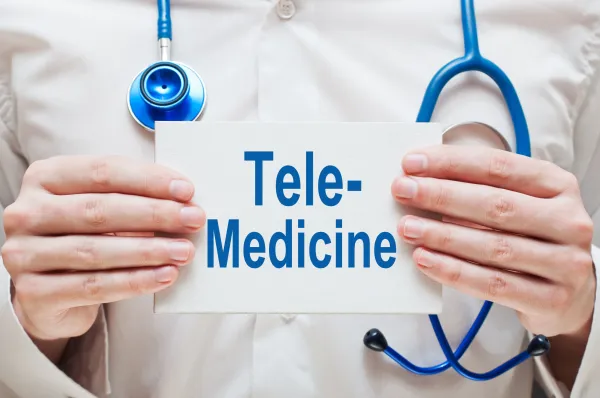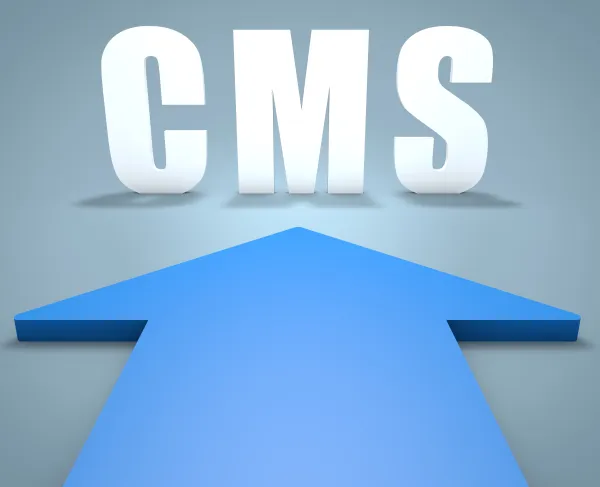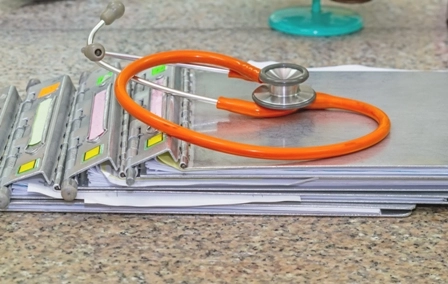EM Coding Alert
Look to Criteria for Drug Therapy
Question: What qualifies as “drug therapy requiring monitoring” in the high-risk level of complications and/or morbidity or mortality of patient management element of medical decision making (MDM). Do patients who are continuing their treatment with no changes of meds or dosage qualify toward this level of MDM? Colorado Subscriber Answer: To qualify for that level of MDM, drug therapy needs to meet some criteria, per CPT® guidelines. First, “long-term intensive monitoring is not performed less than quarterly,” according to CPT®, However, there is no timeframe for this, as the guidelines also state that intensive monitoring may be long-term or short-term. Second, guidelines tell you that your provider must monitor a “therapeutic agent that has the potential to cause serious morbidity or death” for “adverse effects and not primarily for assessment of therapeutic efficacy.” In other words, to meet the criteria, the purpose of the monitoring is not to find out if the drug is working but to find out if medication is having a serious negative effect on the patient’s health. Third, CPT® tells you that your provider must conduct the monitoring by laboratory testing, psychological testing, or imaging, but not by history or exam to meet this level of MDM. CPT® currently has no guidelines to help you determine exactly what the result of intensive therapeutic drug monitoring should be regarding maintaining or changing the drug and/ or dosage. However, you can get a sense of how MDM for this element plays out by looking to Medicare’s directions for prescription drug management, which is a moderate-risk level in the complications and/or morbidity or mortality of patient management MDM element. According to Novitas Solutions, a Part A/B Medicare administrative contractor (MAC), you can get MDM credit for prescription drug management “when documentation indicates medical management of the prescription drug by the physician who is rendering the service. Medical management includes a new drug being prescribed, a change to an existing prescription or simply refilling a current medication. The drug and dosage should be documented as well as the drug management” (Source: www.novitas-solutions.com/webcenter/portal/MedicareJL/pagebyid?contentId=00005056). This indicates you should note the drug and the amount prescribed along with a note that shows your provider has decided to either change or not to change both of these things at a prescription drug management encounter. Simply put, without notation about the medication, dosage, and the provider’s decision to either change them or maintain them, you cannot get moderate-level MDM credit for prescription drug management. This suggests that, without similar documentation, you would not be able to get high-risk level credit in the complications and/or morbidity or mortality of patient management MDM element for therapeutic drug monitoring.
Related Articles
EM Coding Alert
- Prolonged Services:
Add One More Step to Your Billing Workflow to Appease CMS
Hint: You cannot add prolonged service codes to service levels calculated by medical decision making. [...] - Documentation:
Prioritize Coding These ‘Minor’ Visits to Ethically Boost Your Bottom Line
Missing a F2F component may not totally diminish an encounter. Your providers sometimes need to [...] - Specialty Spotlight:
Be Precise When Coding Repeat Pap Smear Visits
Some payers care whether the retest is diagnostic. For a female patient to return to [...] - You Be the Coder:
Count on New Prescription to Code This Encounter
Question: An established patient comes in for a routine evaluation and management (E/M) visit, where [...] - Reader Questions:
Talking Shop May Not Pay
Question: Our ophthalmologist treated a patient with severe eye injuries due to a car accident. [...] - Reader Questions:
Use One Bullet for Test Order and Review
Question: I am still getting used to the new rules for office/outpatient evaluation and management [...] - Reader Questions:
Look to Criteria for Drug Therapy
Question: What qualifies as “drug therapy requiring monitoring” in the high-risk level of complications and/or [...]




